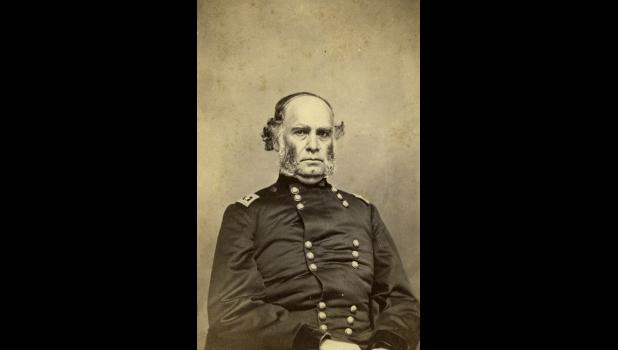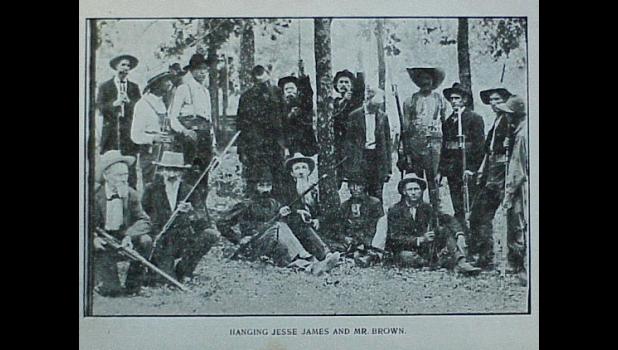Civil War Atrocities Avenged as Union Army Reaches West Plains in the Spring of 1862
Wed, 06/10/2020 - 2:03pm
admin
By:
Lou Whemer
The tragic murder of two men near the Howell/Douglas County line in September 1861 is one of the first stories that impacted me when I began researching the Civil War forty-five years ago. As told by Union Captain William Monks in his 1907 book, "History of Southern Missouri and Northern Arkansas," the story went:
"About that time, about 350 men mostly from Oregon County commanded by two very prominent men, made a scout into Ozark County, Missouri. On reaching the North Fork of the White River, they went into camp at what was known as Jesse James' Mill. The owner, a man of about 55 or 60 years of age, as good a man as resided in Ozark county, was charged with grinding grain for Union men and their families; at the time he, and a man by the name of Brown, were cutting saw logs about two miles from home in the pinery. They went out and arrested them, arrested an old man by the name of Russell and several others, carried them to a man's house, who was a Union man, and had fled to prevent arrest. They took Brown and James about 300 yards from the house, procured a rope where it was tied to the limb, placed the noose around James' neck, stood him on the rock, rolled the rock from under him and left him swinging, rolled the rock to the next rope, stood Brown on it, placed the noose around his neck, rolled the rock out and left Brown swinging in the air, went to the third rope, placed Russell on the rock and just as they aimed to adjust the noose, word came that the home guards and Federals were right upon them in considerable force. They fled, leaving Russell standing upon the rock and both Brown and James dangling in the air. Every Union man now having fled in fear of his life, the next day, the wives of Brown and James, with the help of a few other women, buried them as best they could. They dug graves underneath the swinging bodies, laid bed clothing in the graves, and cut them loose. The bodies fell into the coffinless graves, and the earth was replaced. So the author is satisfied that the bones of these men still remain in the lonely earth underneath where they met their untimely death with no charge against them except that they had been feeding Union men, with no one to bury them but their wives and a few other women who aided."
Monks eluded that some of the men responsible for this crime were still living in Howell and Oregon counties when his book was published. It seemed incredible to me that no one was brought to justice for this act.
It turns out the ring leaders of the group were made to pay relatively quickly as related in a series of articles I recently found. It is unlikely Monks ever knew the full story because the articles were letters written by soldiers to their hometown papers and government reports published in newspapers Monks could not have known about.
The first article I uncovered came from the June 14, 1862, Rolla Express newspaper that indicated that some of the perpetrators had been captured, but did not give names. It reported::
On the 11th day of September 1861, Jesse B. James and Riley Brown were hung in Ozark County, on account of their Union sentiments, by a mob of some two hundred and eighty men. The wife of the former is now in Rolla, after having endured repeated insults and being robbed or her property in the meantime, until the defenceless (sp) widow and her four children are deprived of the means of support, and have been compelled to fly to Rolla for protection...Some of the parties actually engaged in the act of hanging Mr. James are now prisoners in St. Louis, and it is to be hoped they will receive the punishment their crimes deserve. Examples should be made of such men else we may never hope to see peace restored.
I should note there is no connection between Jesse B. James and the notorious guerrilla and outlaw Jesse James of Clay County, Missouri. Our Jesse B. James lived on the North Fork River near the confluence of Indian Creek in what is today Douglas County, though at the time of the Civil War was part of Ozark County. The James Mill was located about a mile north of the Osborn Crossing on the


